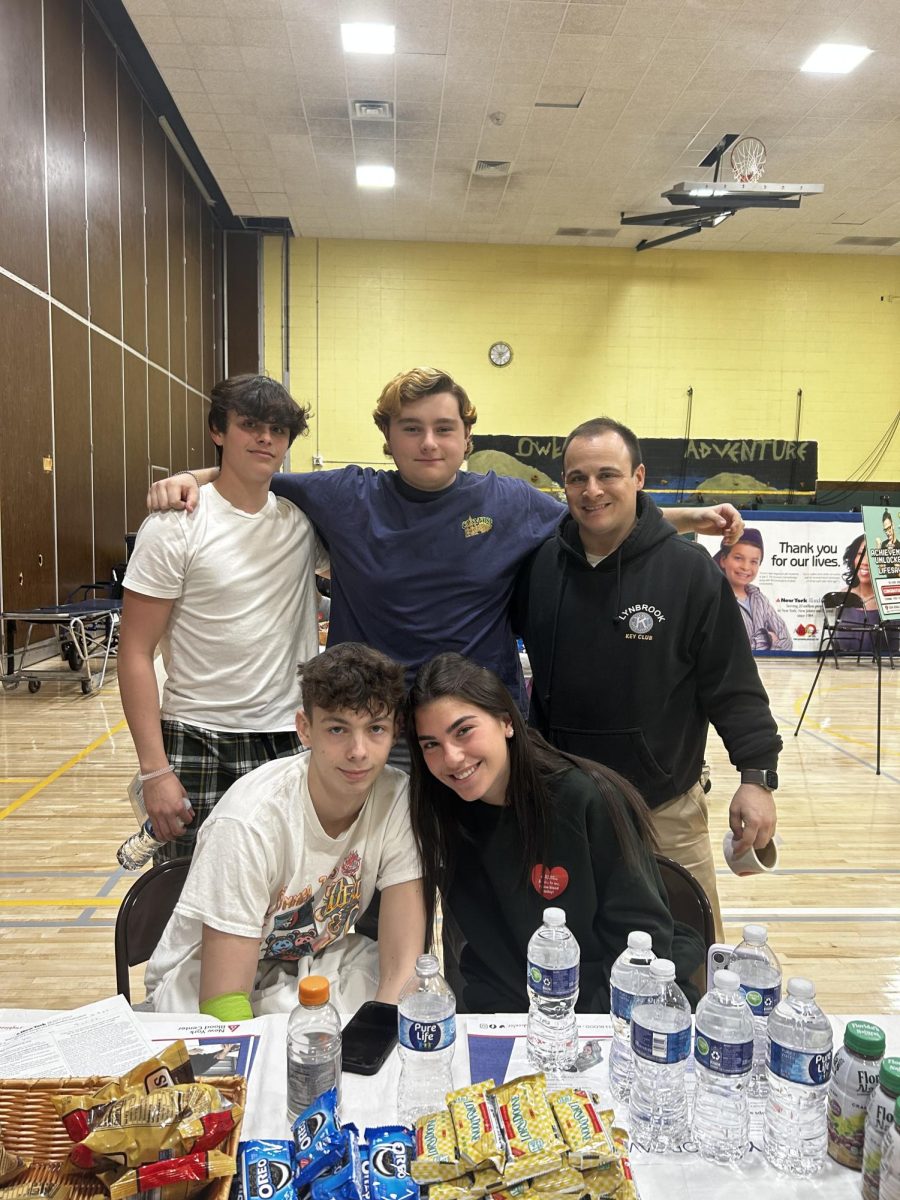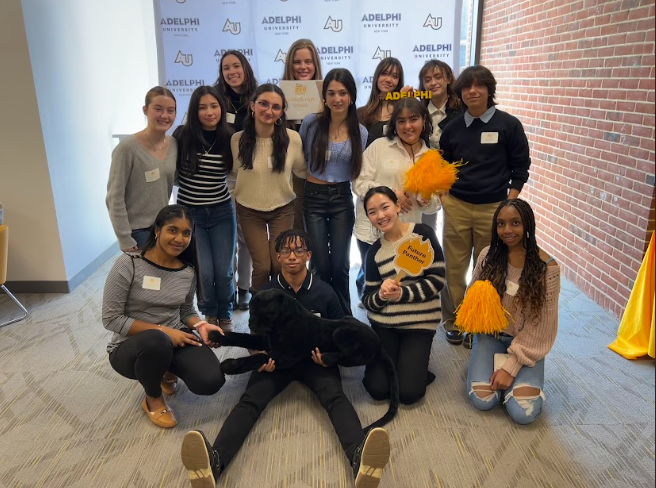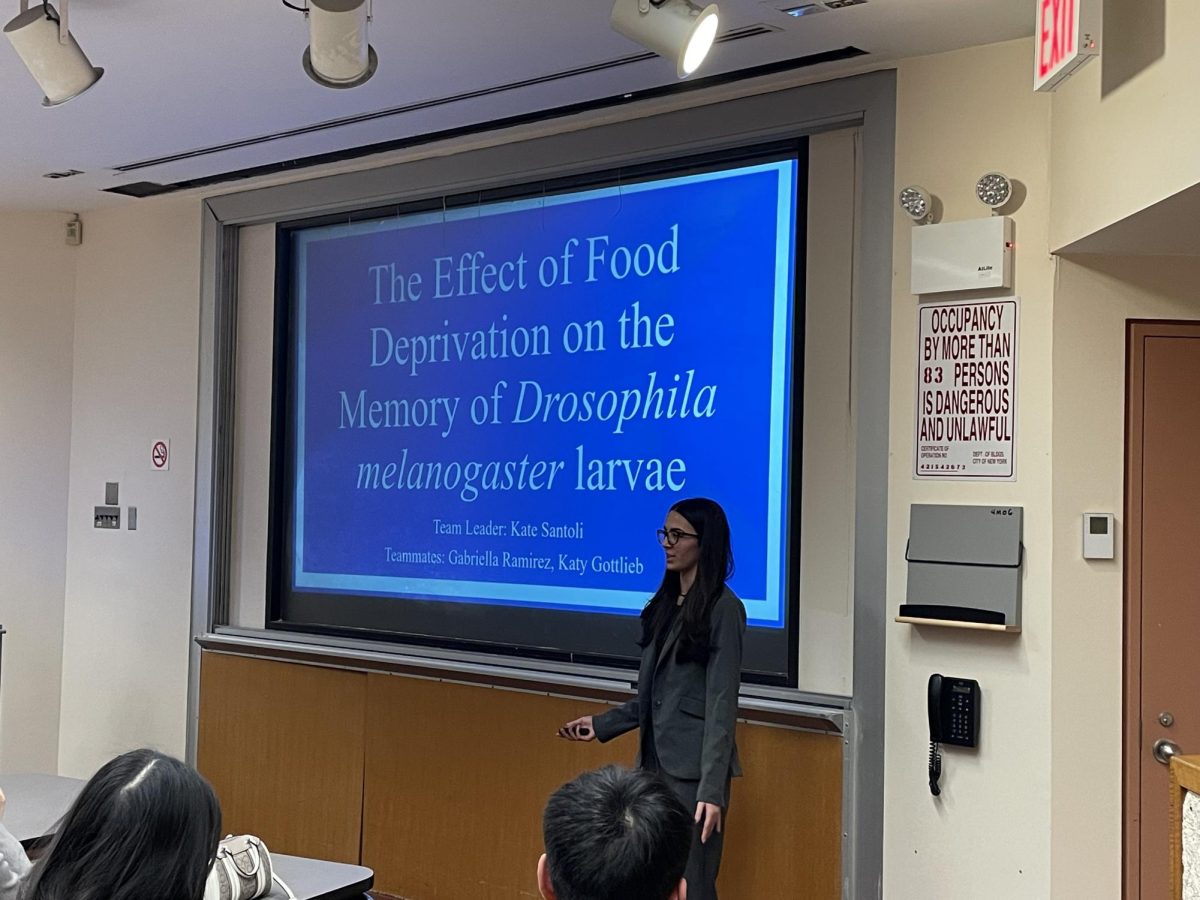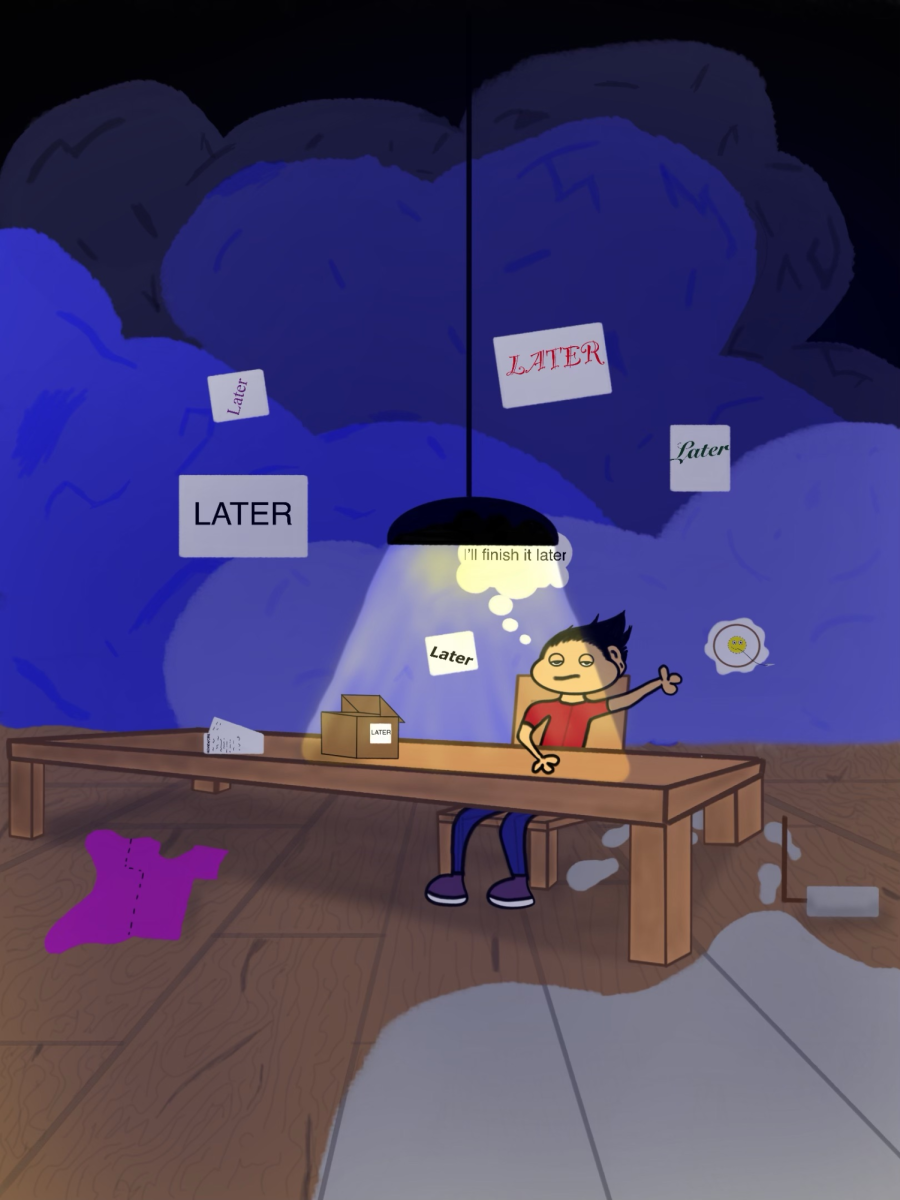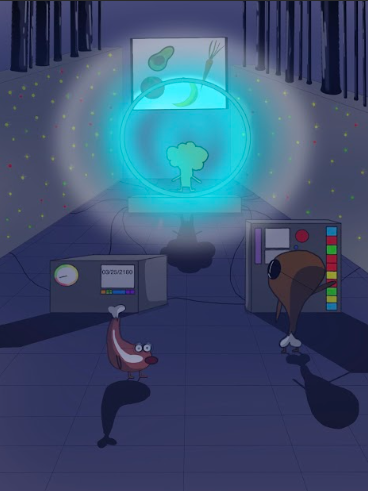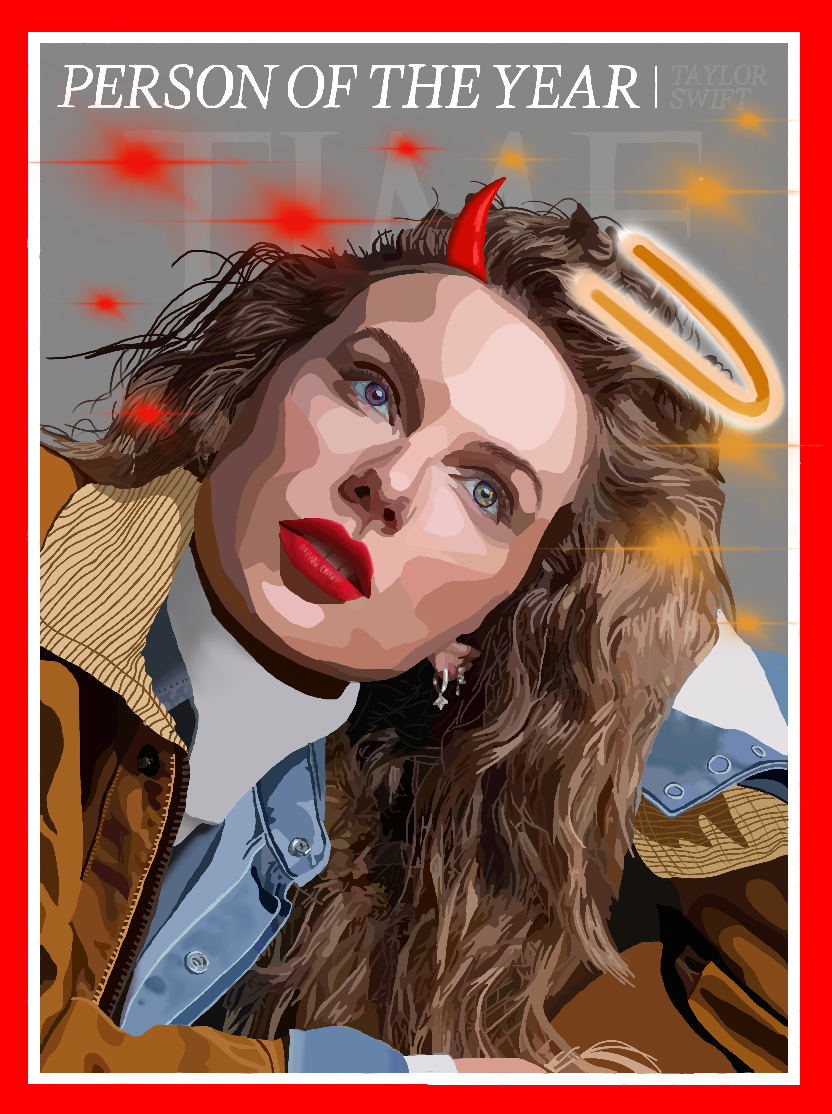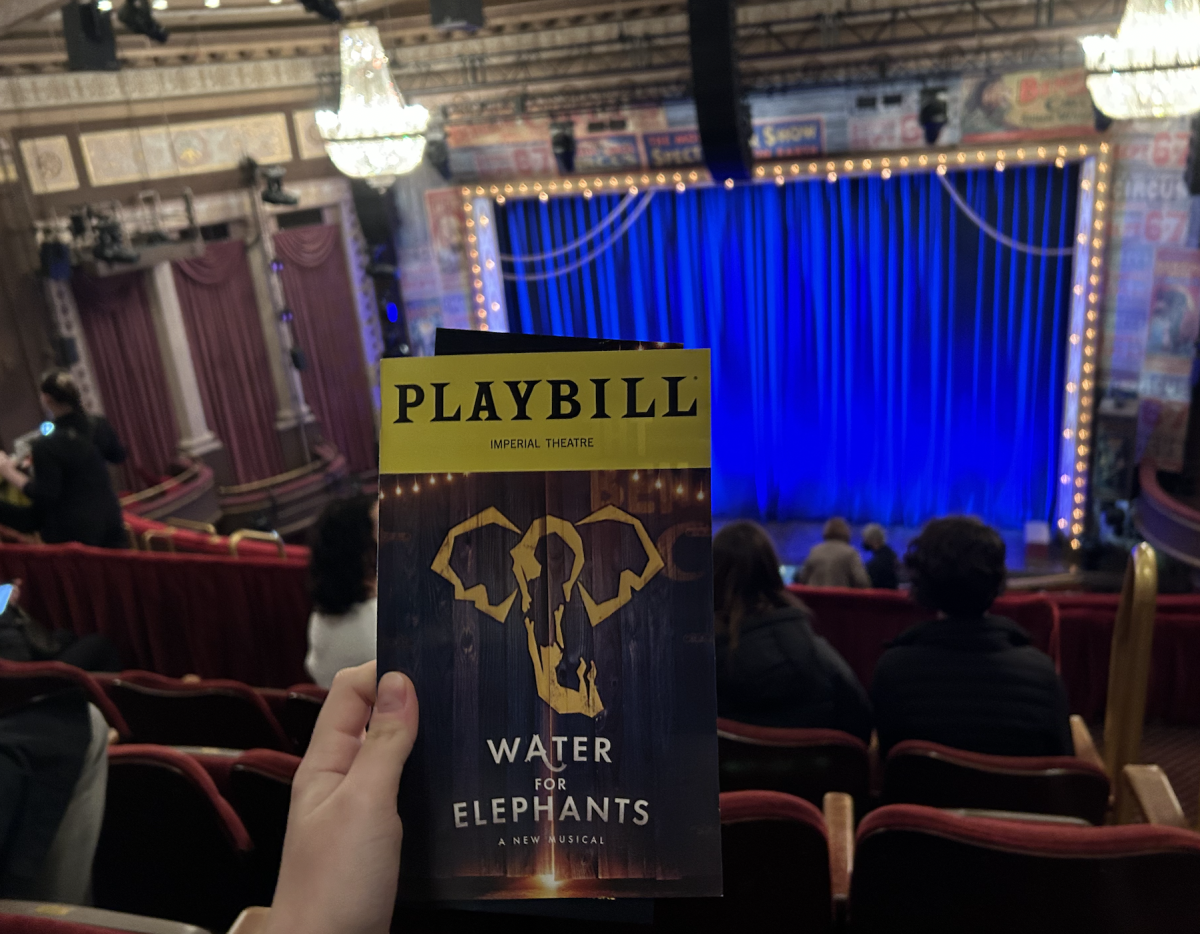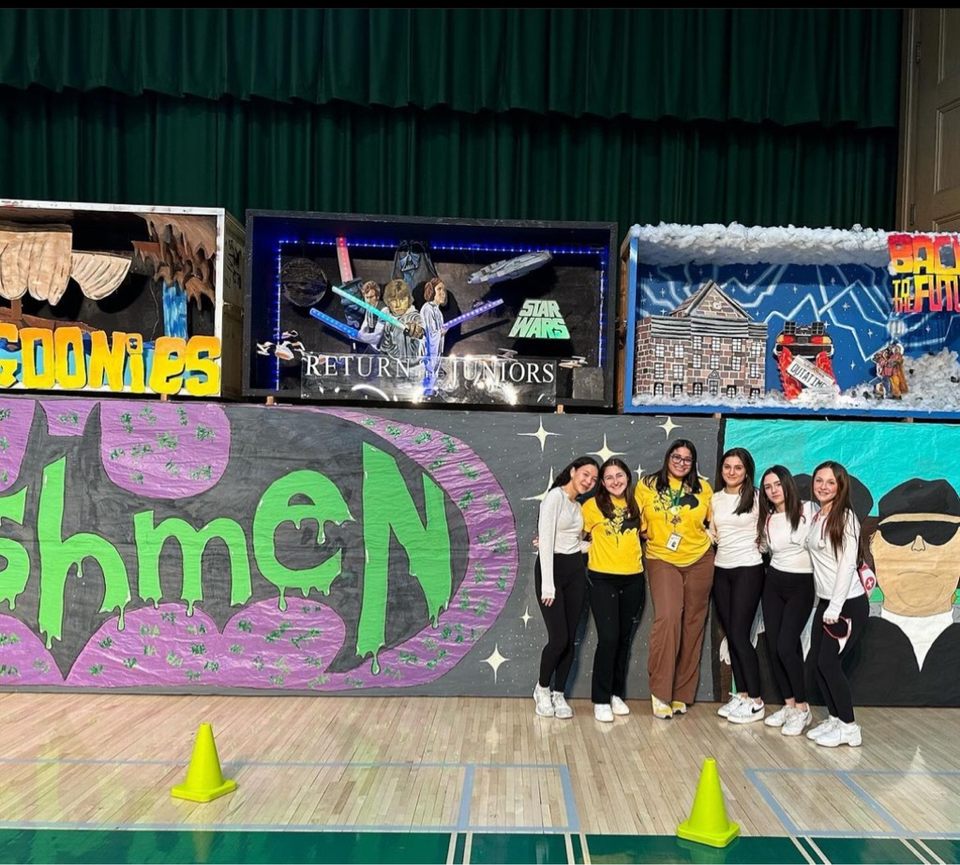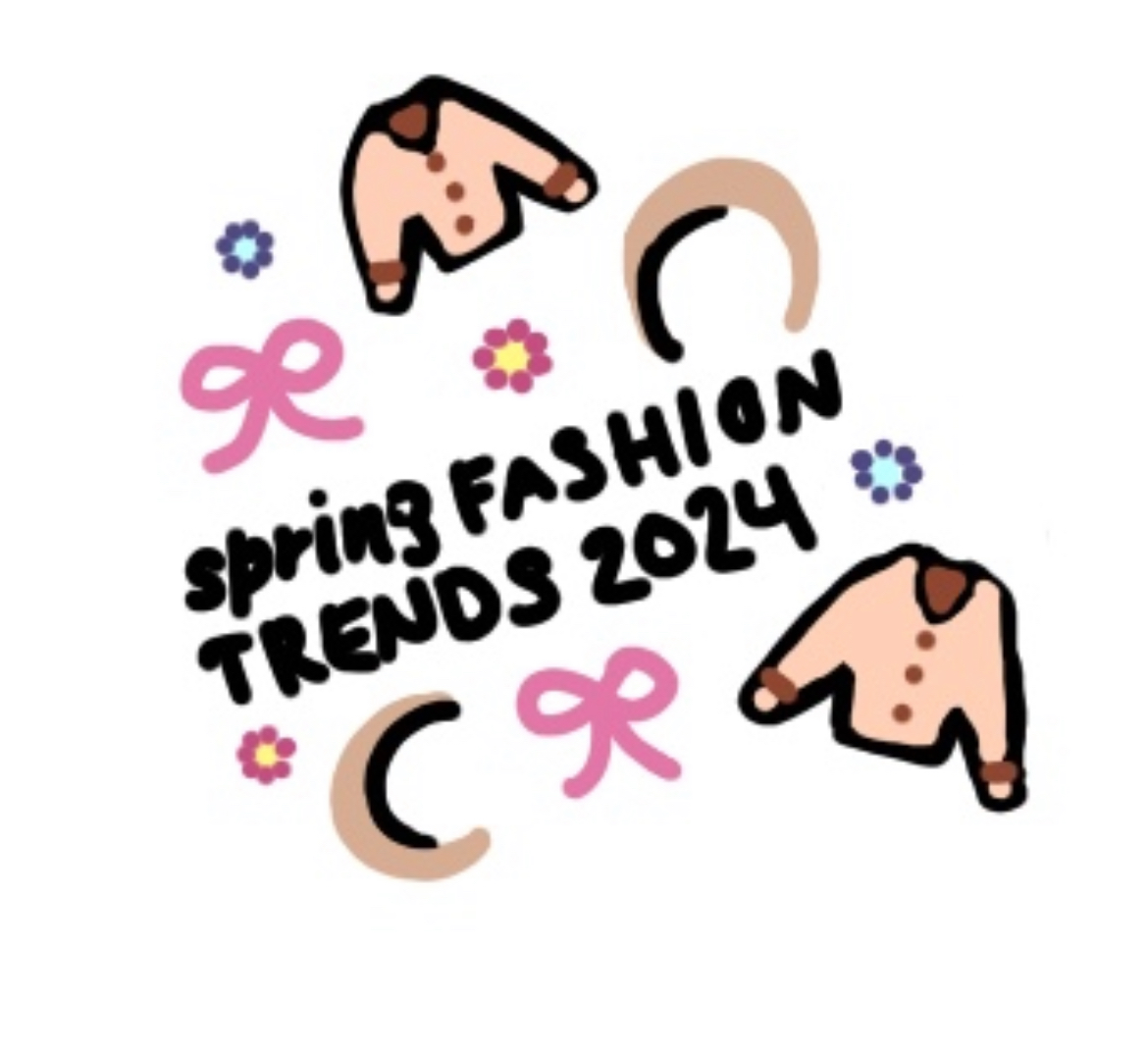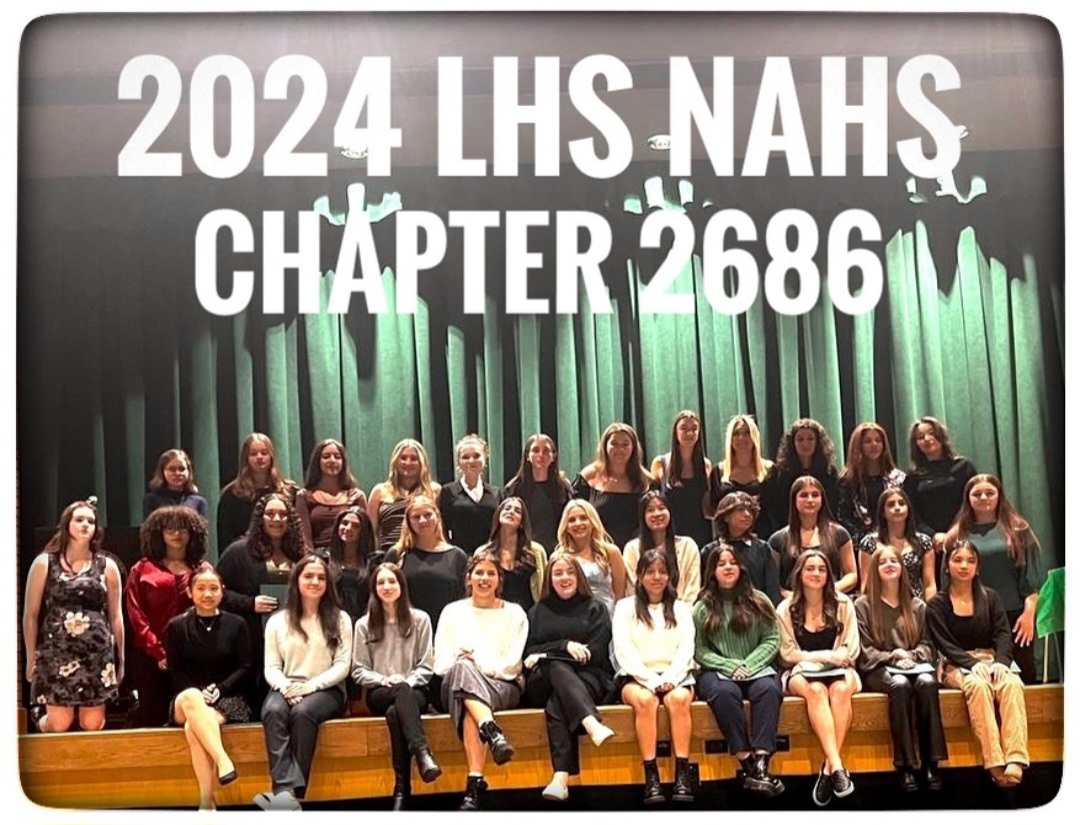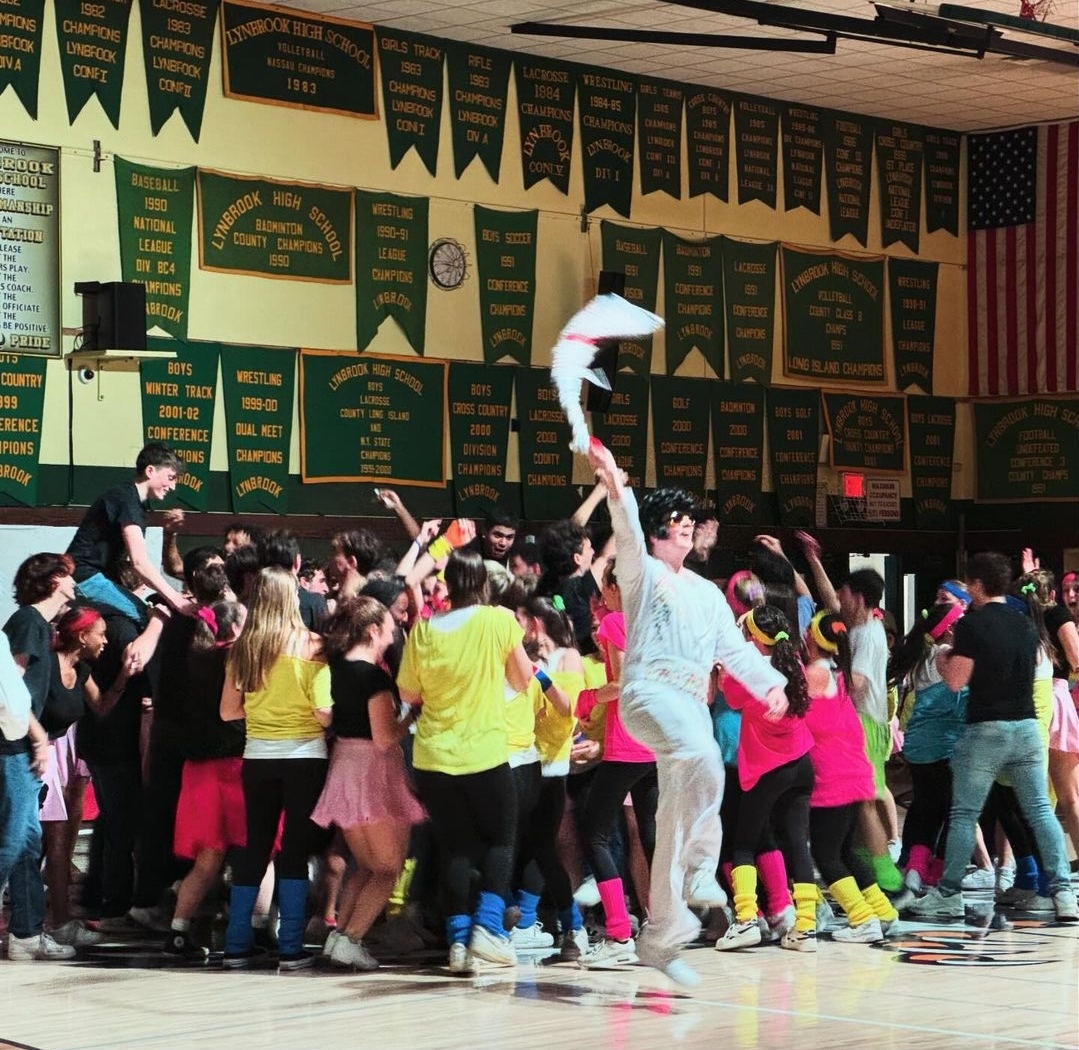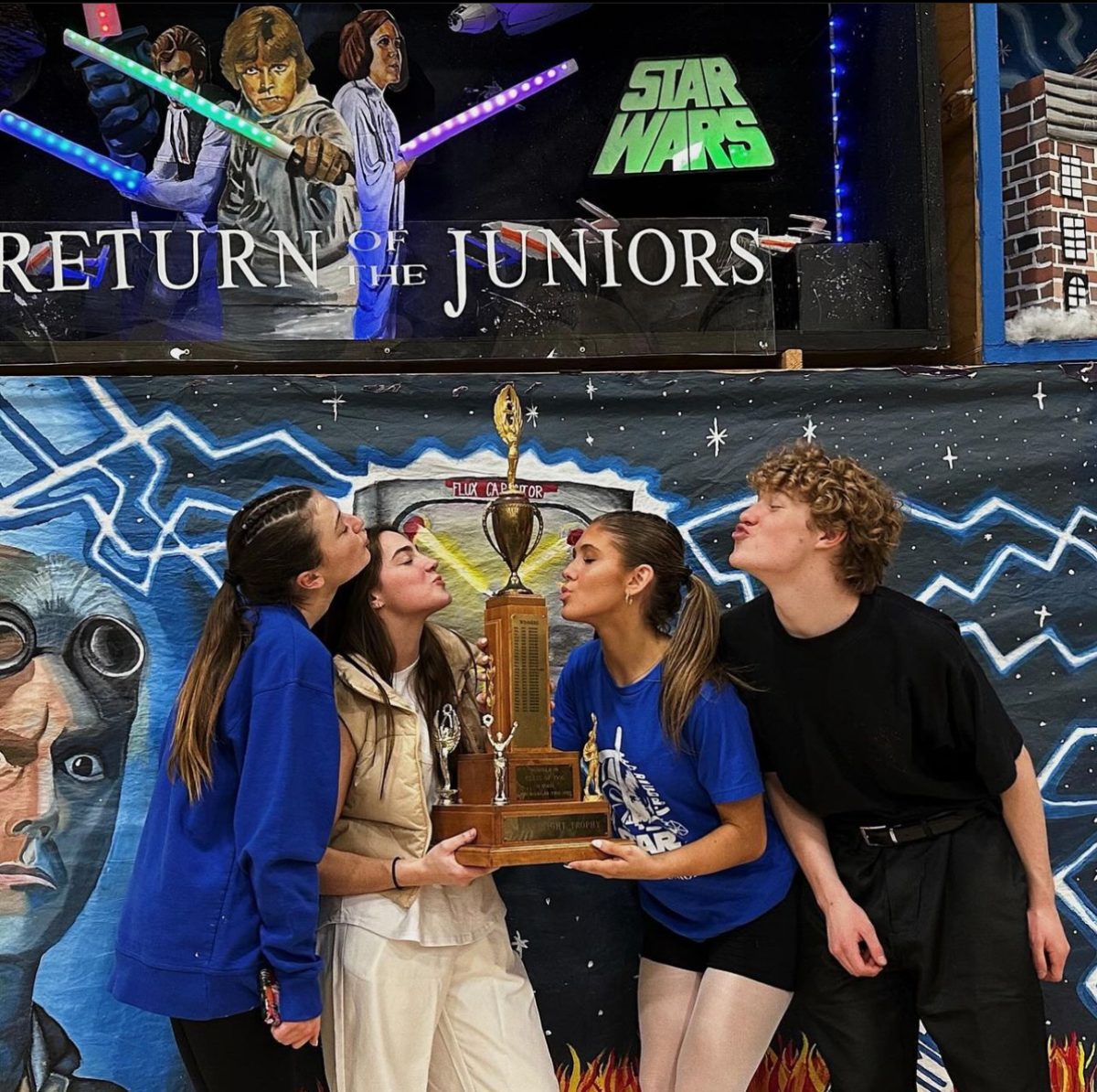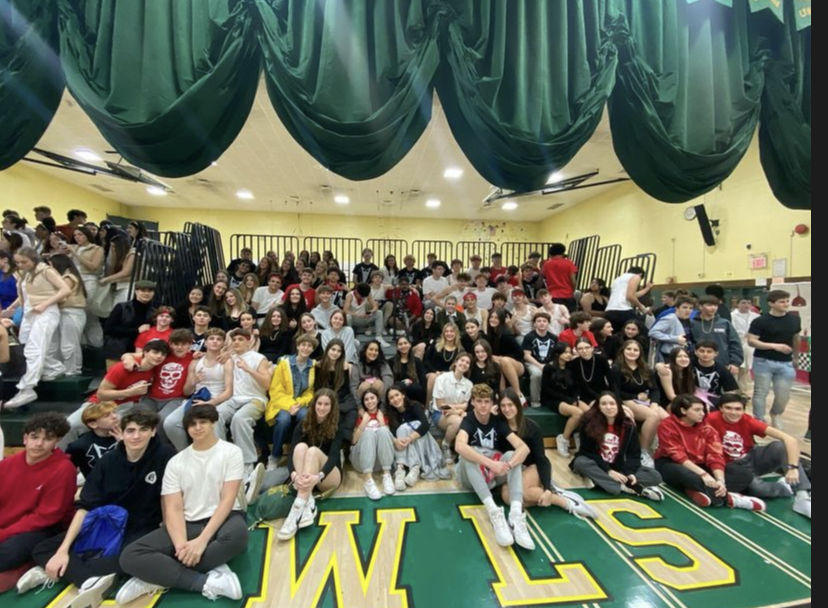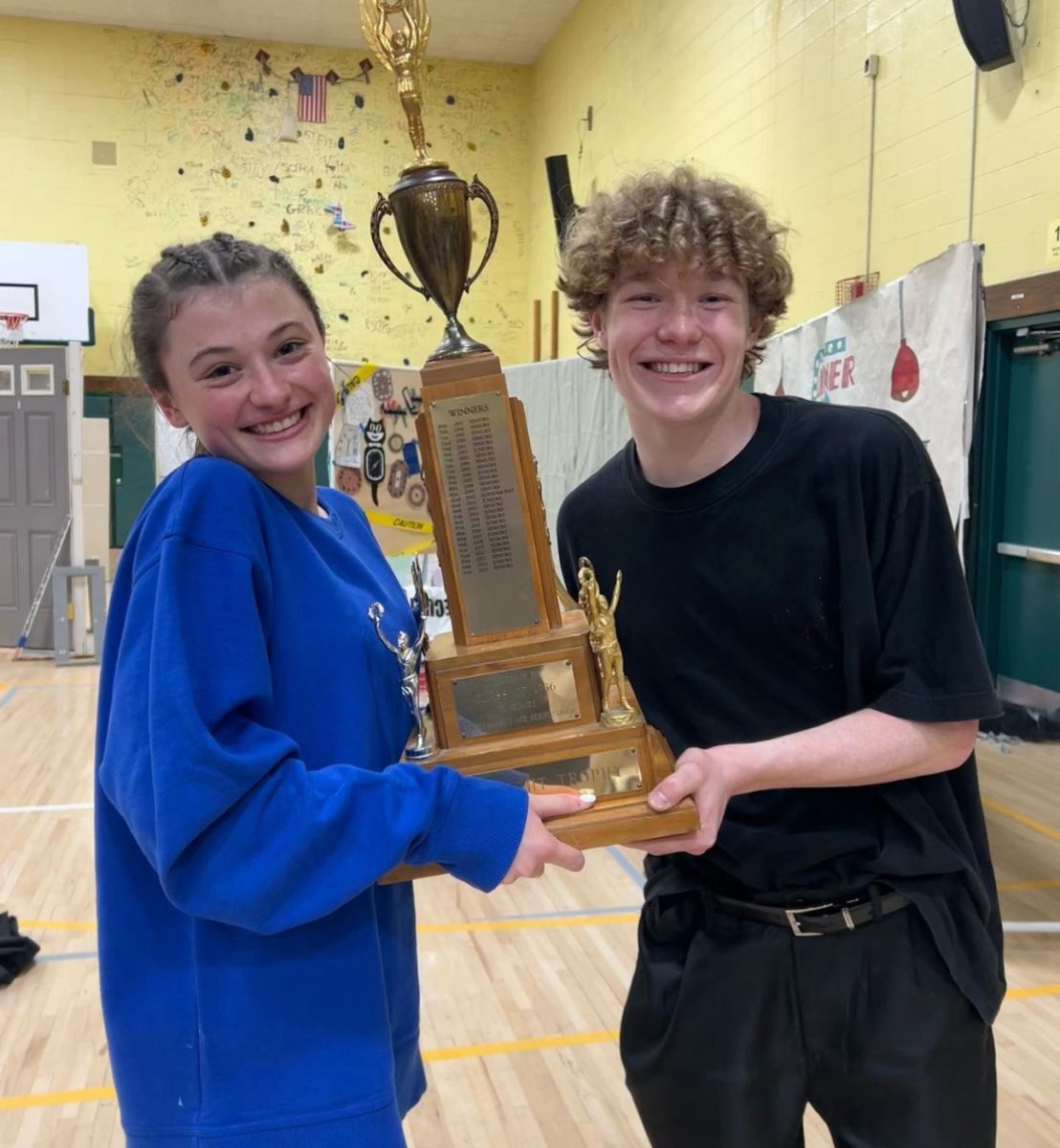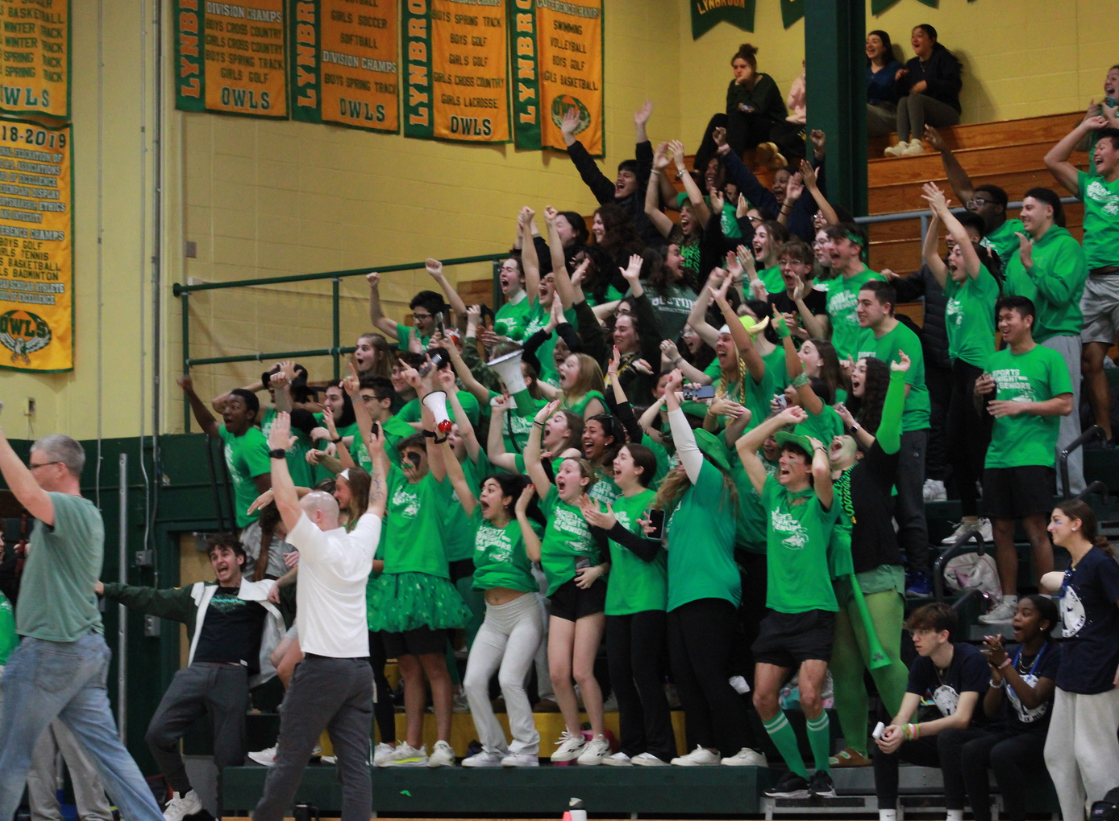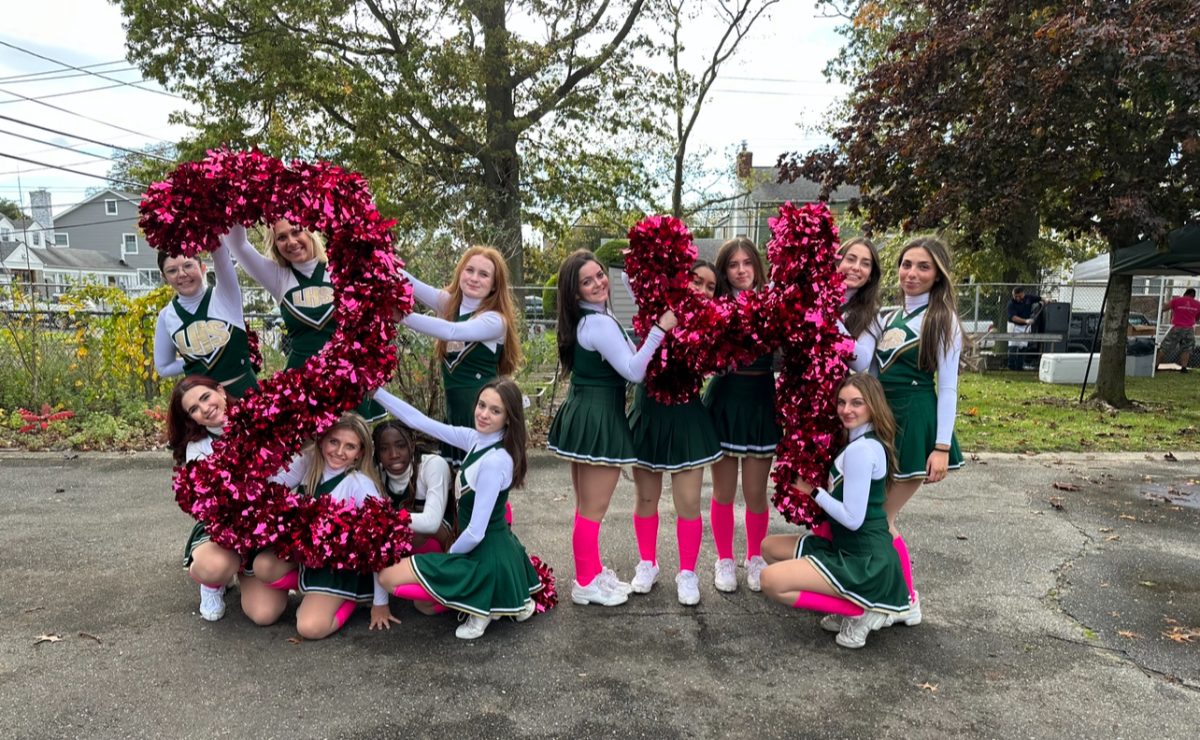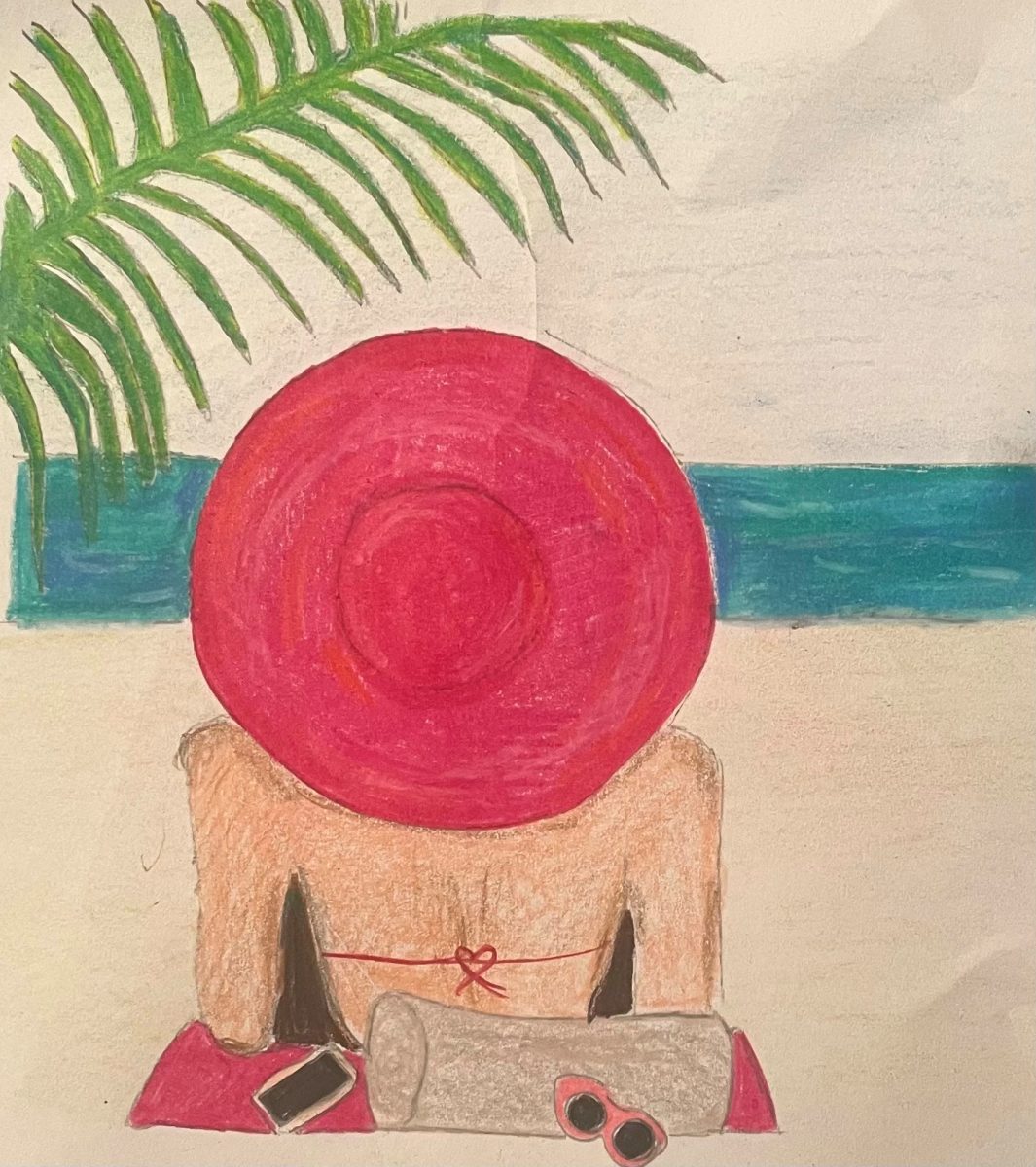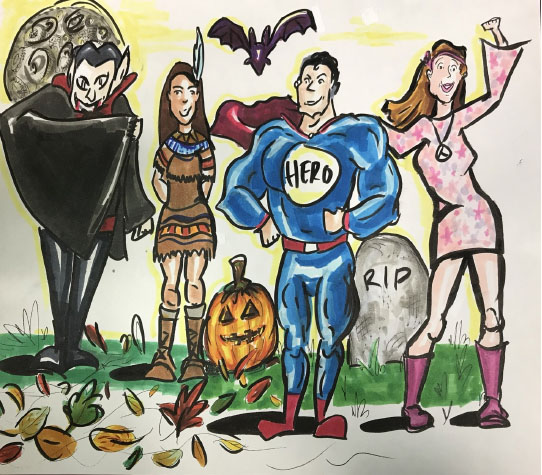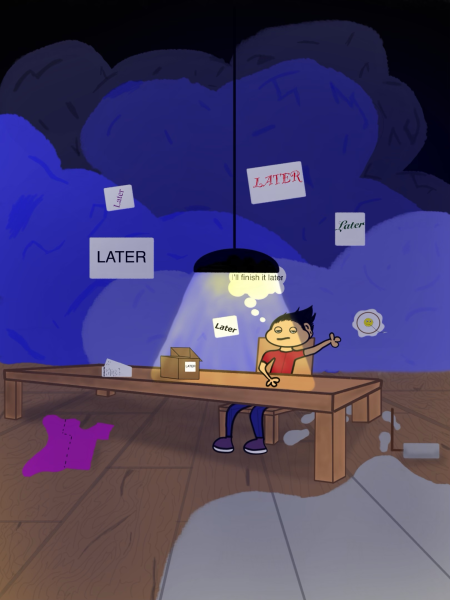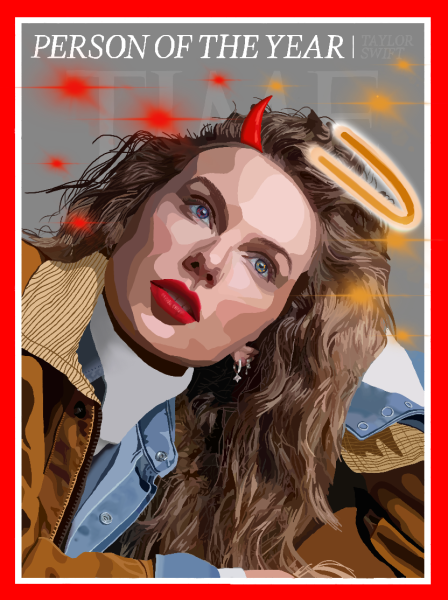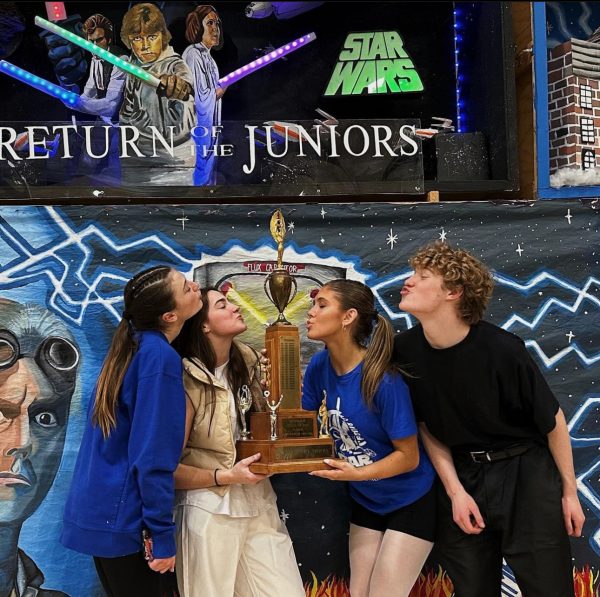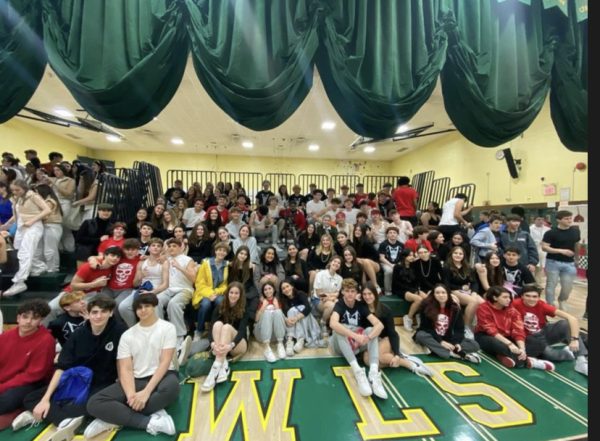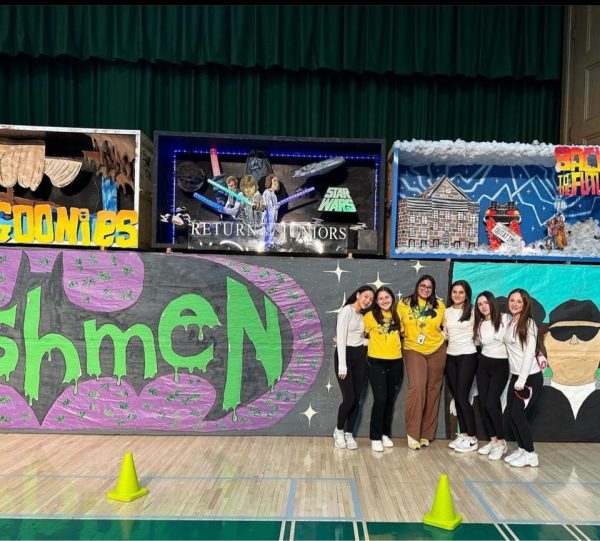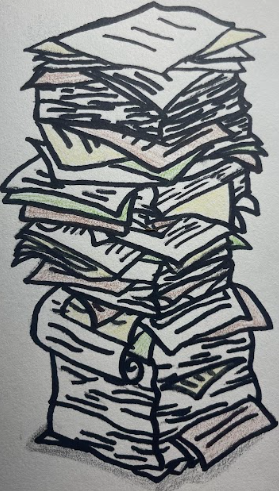An Extrospective View on Cultural Appropriation: The Right Way to Do Halloween
You love your favorite band. You know all of its songs, and you can give a detailed history on all of its members. Maybe you have even been fortunate enough to see your favorite band live. Because you love your favorite band so much, it only makes sense that you would become overjoyed if you ever saw someone else wearing clothing with your favorite band on it. Maybe this person could be a new friend, one with whom you can obsess over your favorite band? You approach this person and ask a question, whether it be along the lines of a favorite member, song, or album. And then, in return, you are met with confusion from the person. When you point to this person’s shirt and try to ask again, you are met with laughter, and maybe met with the explanation: “I don’t know anything about this band; I just like the shirt!”
For people who have never had their culture appropriated before, myself included, this is probably the closest example that can elicit a mere fraction of the frustration that those of other cultures experience regularly. However, cultural appropriation is leagues more serious and offensive than a mere band shirt.
Cultural appropriation is when members of one culture adopt elements of another culture, and it is especially bad around Halloween. Many costumes revolve around girls dressing as Native American Princesses and donning headdresses while boys “paint for war” and arm themselves with hatchets. In addition to the Native American culture being appropriated for Halloween, one that is equally as pressing is the appropriation of the entire tradition of El Día de Los Muertos.
El Día de Los Muertos, the Day of the Dead in English, is a traditionally two-day long celebration of death. The holiday can be traced back to the Aztecs, who had a month-long celebration to honor their deceased relatives. When Spanish conquistadors came from Europe to the Americas, they brought All Saints’ Day and All Souls’ Day with them, so rather than get rid of the Aztecs’ traditions like they hoped, the two cultures blended in a way, thus squeezing what was a month-long celebration into November 1 and November 2. It is celebrated by a myriad of Latin American countries, the most notable one being Mexico.
This annual celebration usually starts on November 1, though in some instances festivities may begin on October 31. November 1 is El Día de Los Angelitos, the Day of the Little Angels. On this day, the deaths of infants and children are honored. The next day is the true Día de Los Muertos, when all adults come back to earth. Traditions for both days include the gathering of families in graveyards; building and decorating ofrendas (altars) with food, drinks, cherished items, flowers, and toys for the children; singing; baking pan de Muerto (bread of the dead); and making Calaveras, which are either decorative or edible skulls placed on the ofrendas.
Calaveras are beautifully ornate. Calaveras are on the smaller side if they are placed on ofrendas for infants or children, but they are much larger and grander when placed on ofrendas for adults. They are commonly referred to as sugar skulls because they are usually edible. Skulls and skeletons, in general, are motifs for Día de Los Muertos. Catrina, a skeleton made famous by lithographer José Guadalupe Posada, is now a symbol of the holiday and represents how Mexicans and other Latin Americans laugh at and mock the concept of death. Those who celebrate the holiday paint their faces to resemble skulls, and it all comes back as part of the tradition that helps them to honor their deceased loved ones.
Donning “sugar skull” makeup as a simple Halloween costume is incredibly offensive. When people who are not of celebrating cultures do this, they take on an integral custom and slap it on themselves, devoid of all meaning or purpose. Even if people of non-celebrating cultures do understand the importance and tradition behind such makeup, here’s some advice: don’t do it anyway. It is one thing to appreciate the beautiful tradition of El Día de Los Muertos, but it is a completely different thing to appropriate certain aspects just to complete a last-minute black fit costume by adding some color and design.

